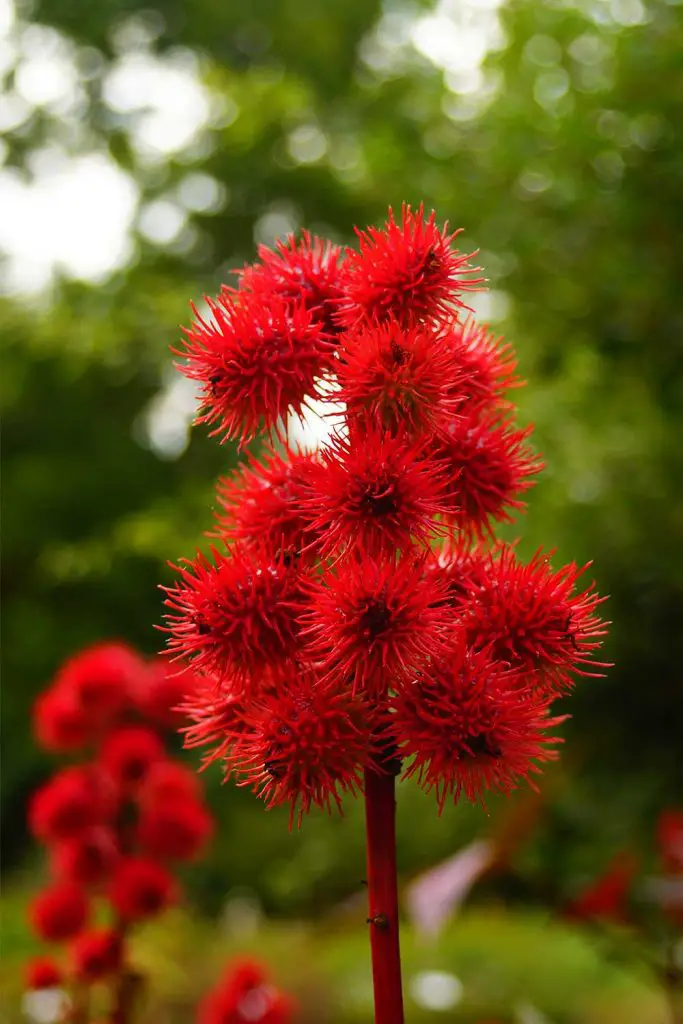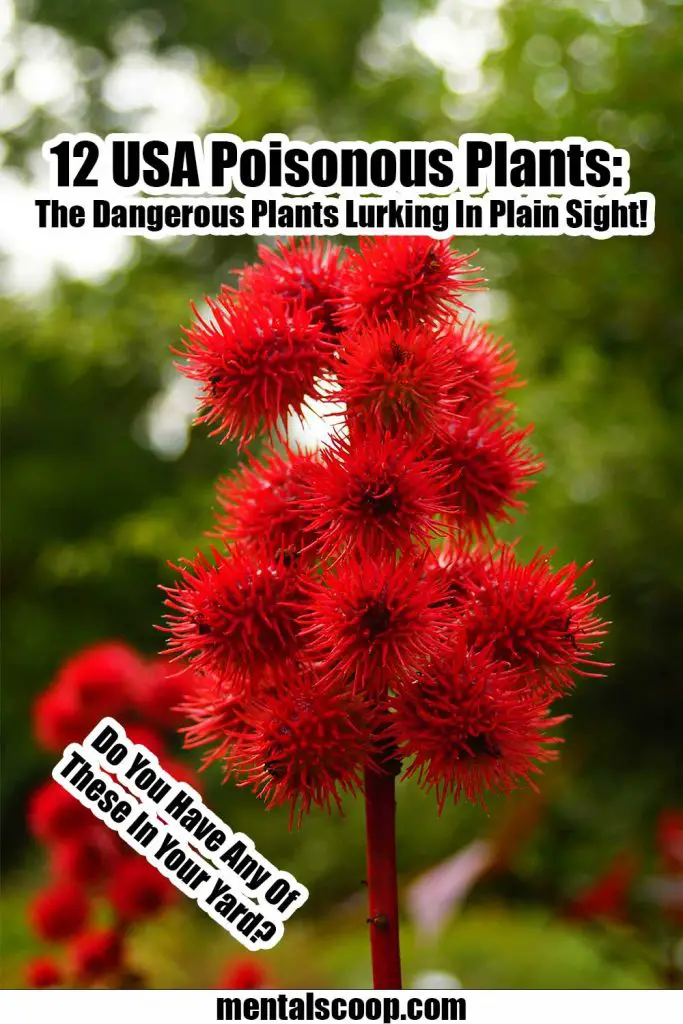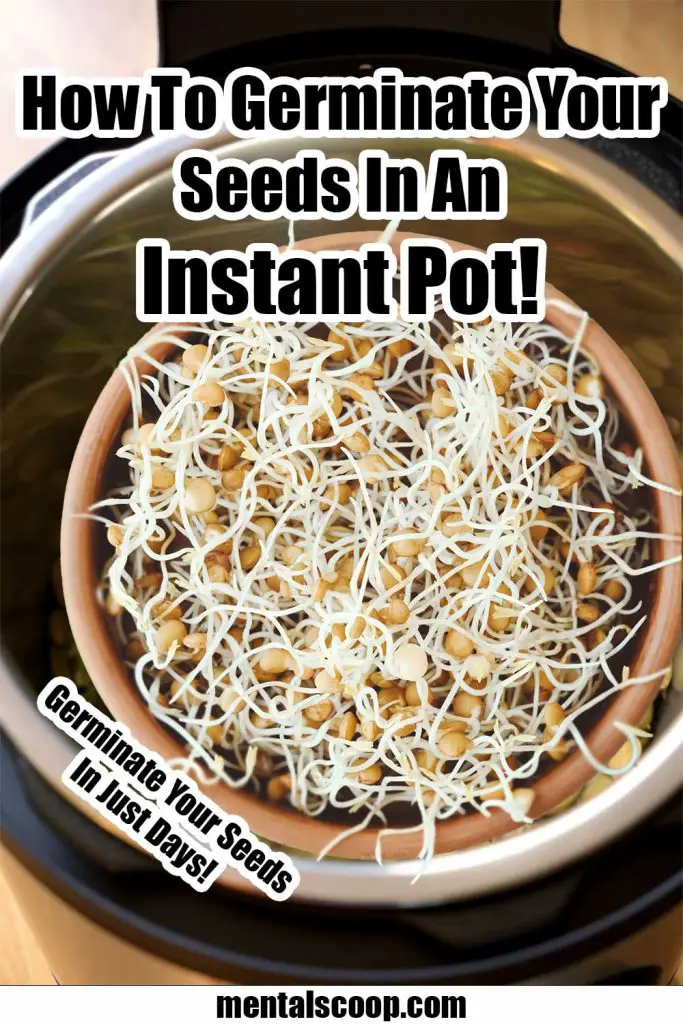USA Poisonous Plants: The Dangerous Plants Lurking In Plain Sight!

Nature’s beauty often conceals hidden dangers, and the plant kingdom is no exception. In the United States, several seemingly innocent plants possess toxic properties that can cause harm to humans and animals.
From vibrant garden flowers to wild flora, it’s important to be aware of these poisonous plants to ensure our safety. In this article, we will explore 12 poisonous plants found in the United States, shedding light on their potential hazards and offering precautions to stay safe.
Poison Ivy (Toxicodendron radicans)
One of the most notorious poisonous plants in North America is poison ivy. Recognizable by its three leaflets, poison ivy contains a resin called urushiol, which causes allergic reactions in most individuals.
Contact with any part of the plant, including the leaves, stems, and roots, can lead to a rash, intense itching, and blistering. To prevent exposure, wear protective clothing when venturing into areas known to harbor poison ivy and promptly wash any suspected contact areas with soap and water.
Poison Oak (Toxicodendron diversilobum)
Similar to poison ivy, poison oak contains urushiol and causes allergic reactions in sensitive individuals. Found primarily in the western United States, poison oak is identified by its three leaflets with rounded lobes.
The symptoms of exposure to poison oak are similar to those of poison ivy, including itching, rash, and blistering. As with poison ivy, wearing protective clothing and washing exposed skin can help minimize the risk.
Poison Sumac (Toxicodendron vernix)
Poison sumac is a wetland plant found in the eastern United States. Unlike poison ivy and poison oak, which have three leaflets, poison sumac has clusters of 7 to 13 leaflets arranged in pairs. Its toxic compound, urushiol, causes severe allergic reactions.
Direct contact with this plant can result in a painful rash, swelling, and even respiratory distress in extreme cases. If you suspect exposure to poison sumac, seek medical attention promptly.
Jimsonweed (Datura stramonium)
Jimsonweed, also known as devil’s snare, is a highly toxic plant found across the United States. All parts of the plant contain tropane alkaloids, which can cause hallucinations, delirium, rapid heartbeat, and dry mouth when ingested.
Jimsonweed is often mistaken for an edible plant, leading to accidental poisonings. Educate yourself on the distinctive appearance of this plant and avoid ingestion at all costs.
Castor Bean (Ricinus communis)
The castor bean plant, with its attractive leaves and spiky fruits, may seem harmless, but it is one of the deadliest plants in the United States. Its seeds contain ricin, a potent toxin that can cause organ failure and even death if ingested.
It’s essential to exercise caution around castor bean plants and keep them out of the reach of children and pets.
Water Hemlock (Cicuta spp.)
Water hemlock is the most poisonous plant in North America. Found in wet areas and marshes, it produces cicutoxin, a compound that affects the central nervous system.
Ingesting any part of the plant can lead to seizures, respiratory failure, and, in severe cases, death. Be cautious when near water hemlock and ensure you can identify it correctly to avoid accidental ingestion.
Oleander (Nerium oleander)
Oleander is a popular ornamental shrub in the southern United States, prized for its beautiful flowers. However, all parts of this plant contain toxic cardiac glycosides, which can cause severe poisoning if ingested.
Symptoms include nausea, vomiting, irregular heartbeat, and in extreme cases, it can be fatal. Keep pets and children away from oleander plants and be careful when handling them.
Deadly Nightshade (Atropa belladonna)
Deadly nightshade, also known as belladonna, is a highly poisonous plant native to Europe but found in parts of the United States. Its glossy black berries may be enticing, but consuming them can be fatal.
The plant contains tropane alkaloids that affect the nervous system, causing symptoms like dilated pupils, dry mouth, rapid heartbeat, and hallucinations. Avoid contact with deadly nightshade and ensure its removal from areas accessible to children and pets.
Pokeweed (Phytolacca americana)
Pokeweed, also called American nightshade, is a common weed found in the eastern United States. While it has historically been used for medicinal purposes, all parts of the plant, especially the roots and berries, are highly toxic when ingested.
Symptoms of pokeweed poisoning include severe gastrointestinal distress, dizziness, and in extreme cases, respiratory failure. Exercise caution and prevent accidental ingestion, especially by children and pets.
Foxglove (Digitalis purpurea)
Foxglove is a tall, elegant plant known for its bell-shaped flowers. However, it contains cardiac glycosides that can cause heart irregularities when ingested. While it is used in controlled doses for certain heart conditions, consuming any part of the plant without medical supervision can be dangerous. Exercise caution around foxglove and avoid ingestion.
Angel’s Trumpet (Brugmansia spp.)
Angel’s trumpet is a striking flowering plant with trumpet-shaped flowers that dangle downward. All parts of the plant contain alkaloids that can cause hallucinations, paralysis, and even death if ingested. It is crucial to keep angel’s trumpet out of reach, particularly in households with children and pets.
Yew (Taxus spp.)
Yew is a common evergreen tree found throughout the United States. While its foliage is often used in landscaping, be aware that all parts of the yew tree, except the fleshy red aril, are toxic. The toxic compound, taxine, affects the heart and can lead to cardiac arrest if ingested. Exercise caution around yew trees and ensure that any landscaping involving yew is done by professionals.

More interesting articles you may be interested in reading:

How To Remove A Tree Stump Painlessly
10 Vital Home Maintenance Tasks You’ll Regret If You Forget
See How Much Propane Is Left In A Tank With No Gauge
Thanks for reading and be sure to share this info with your friends using the social share buttons below.
Talking about social stuff, consider liking our Facebook page to keep up to date with our articles. Check out our other articles for more mental scoops!

